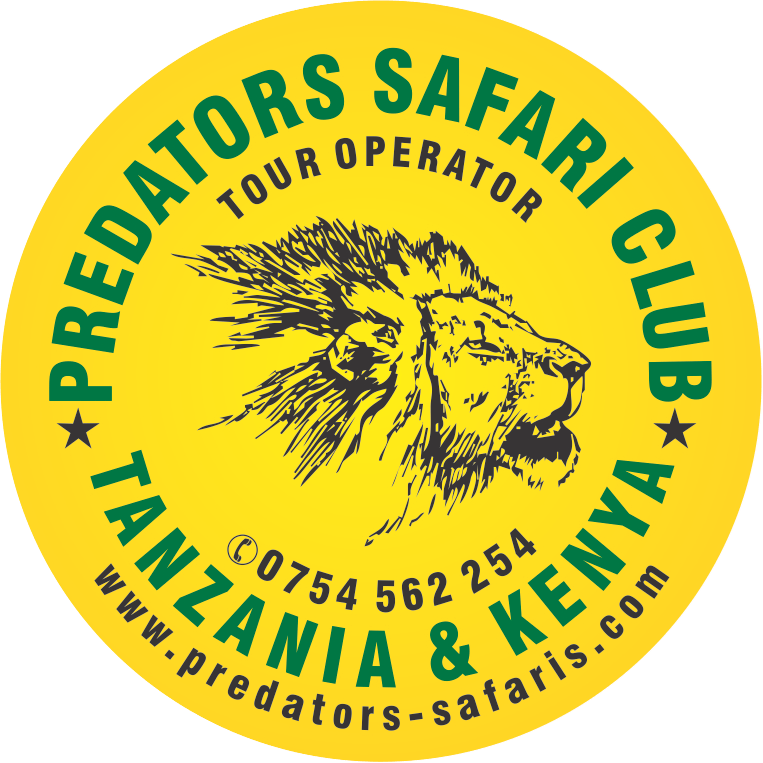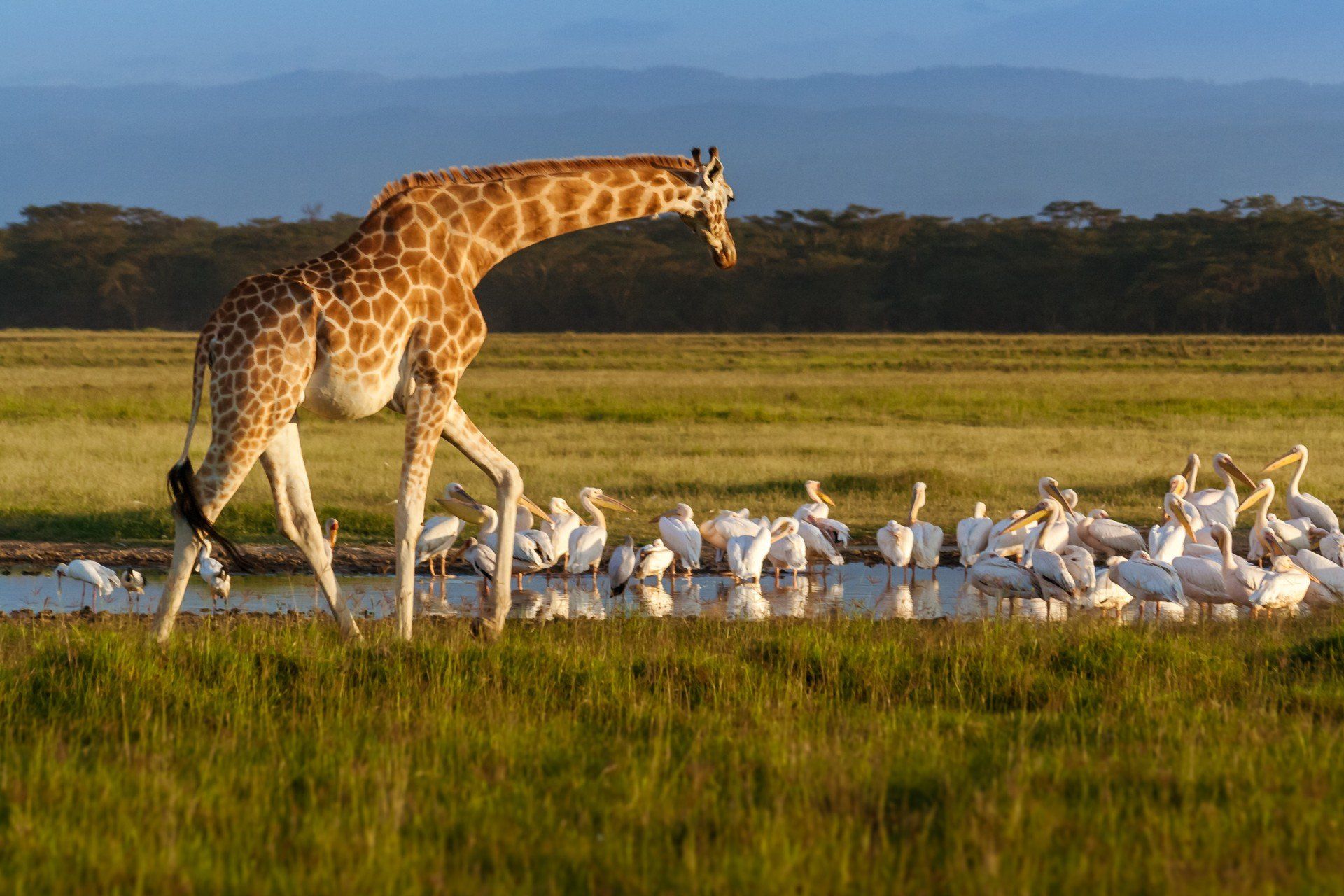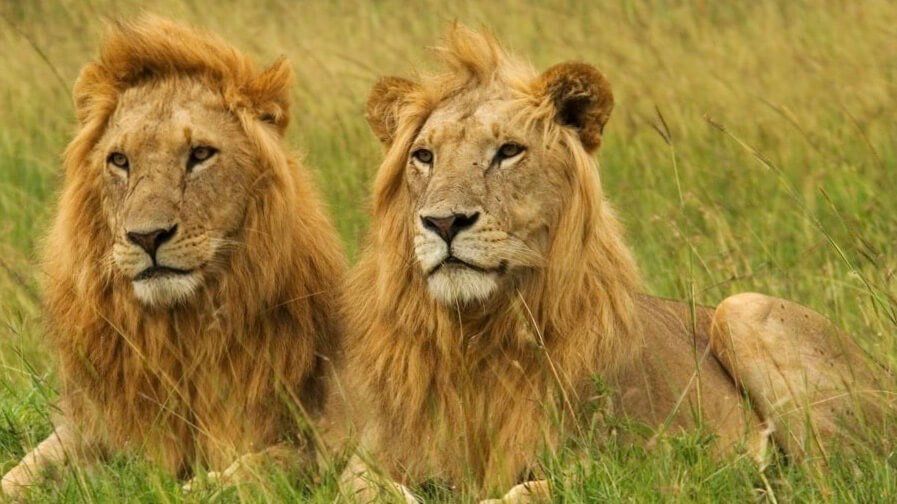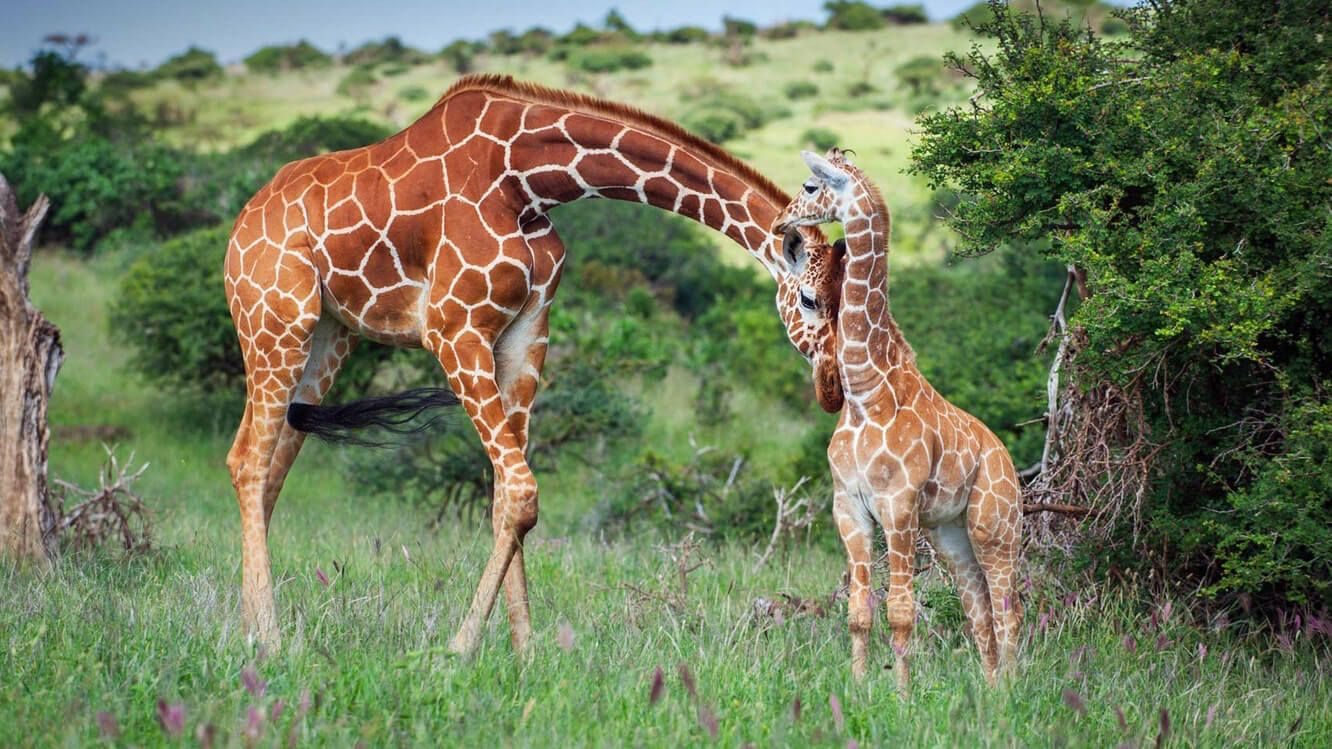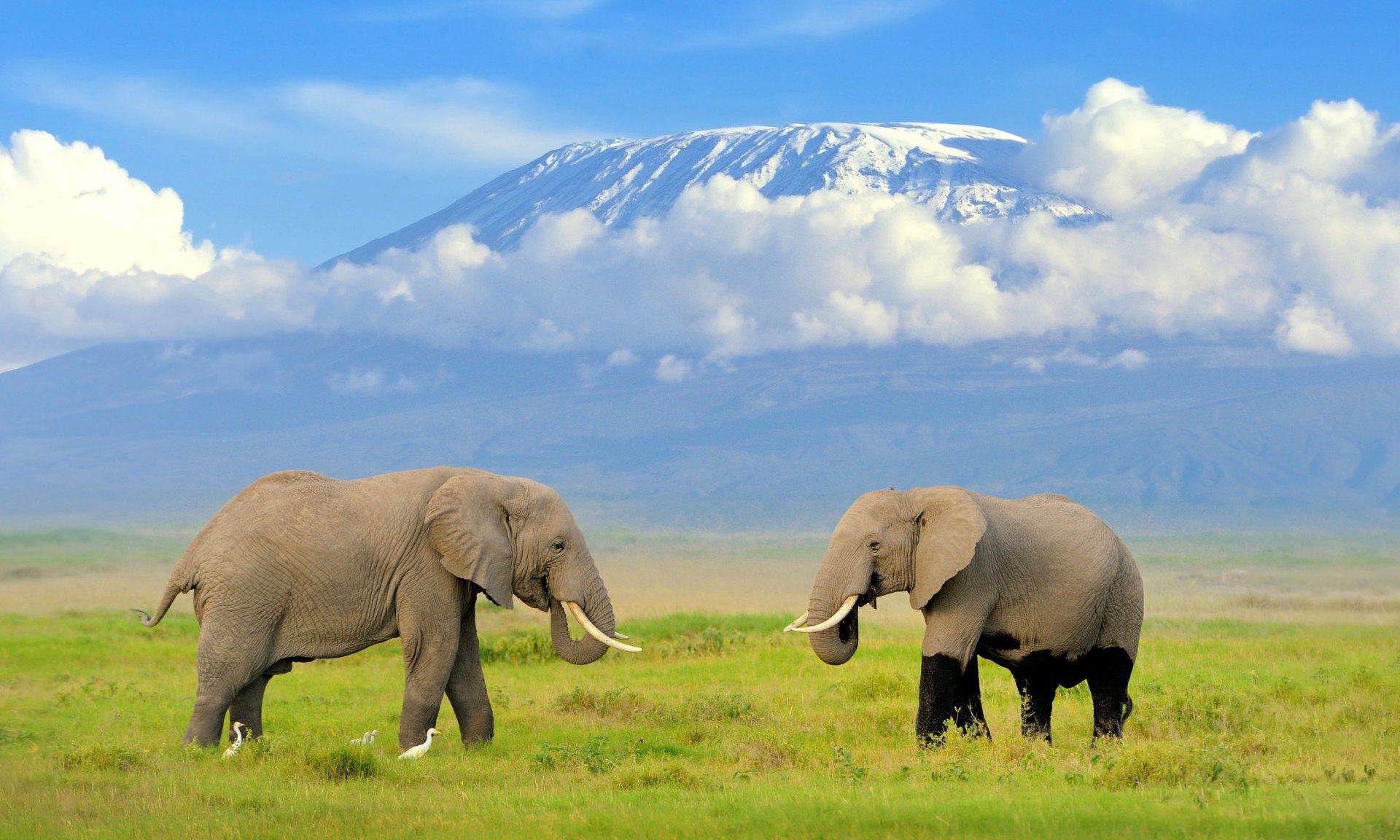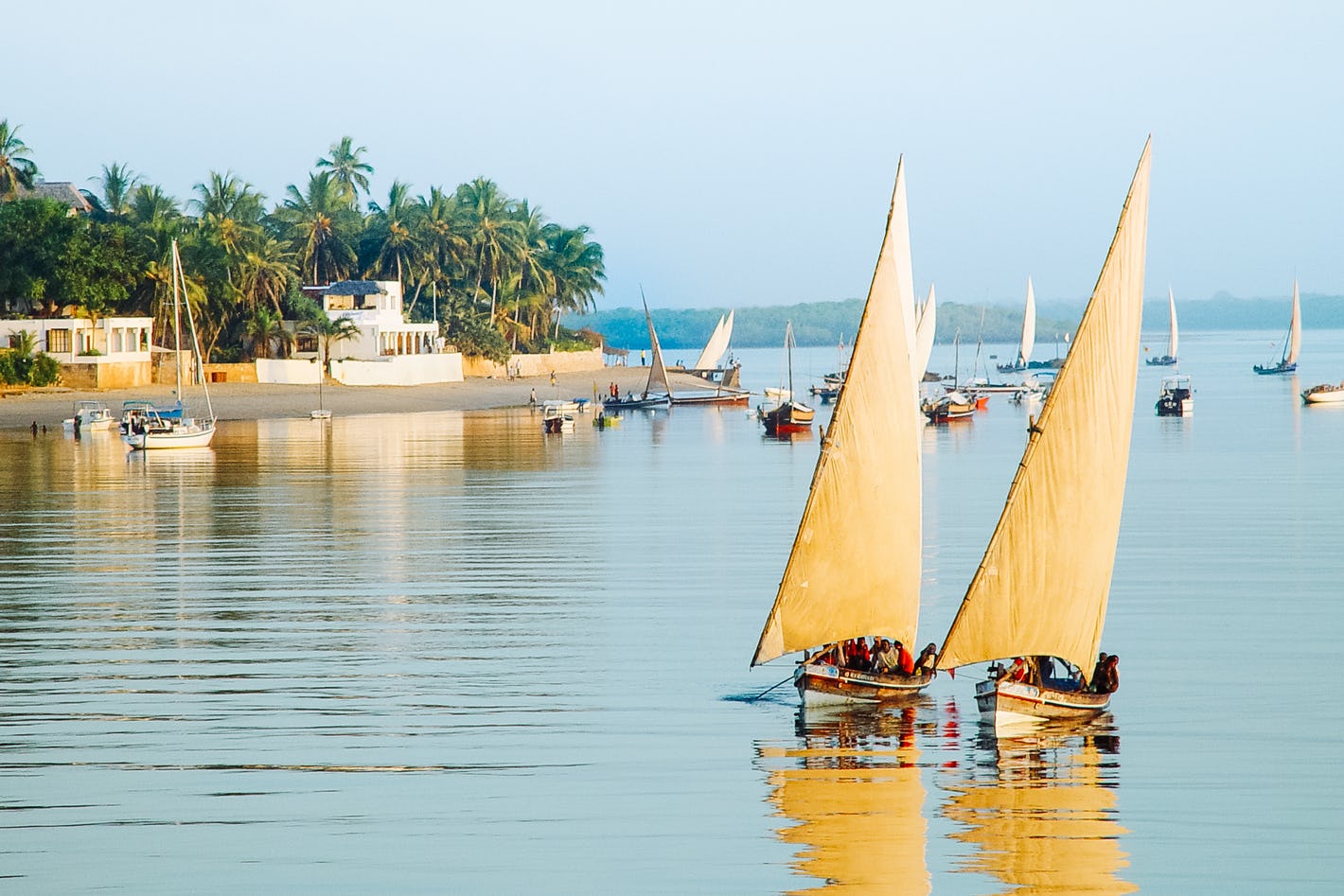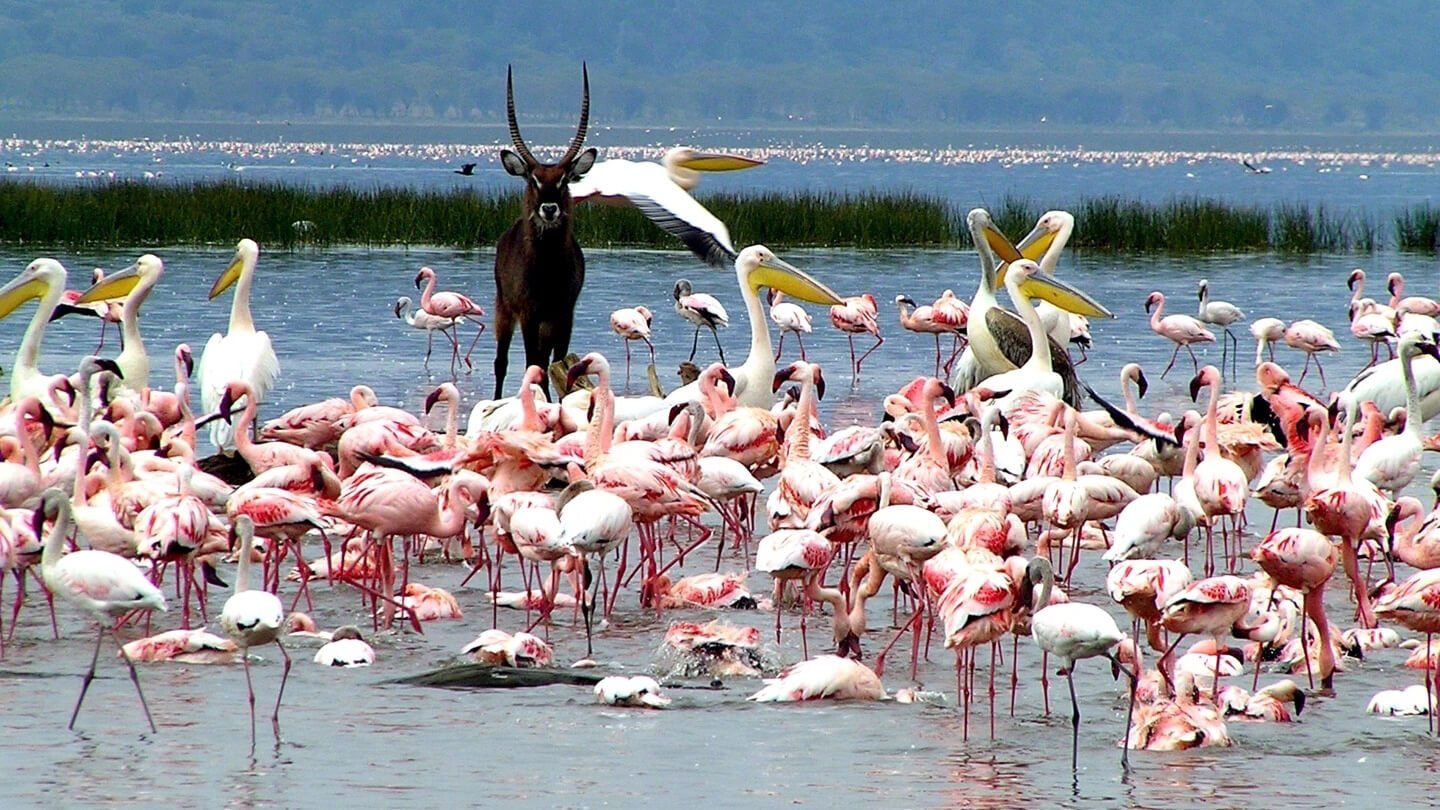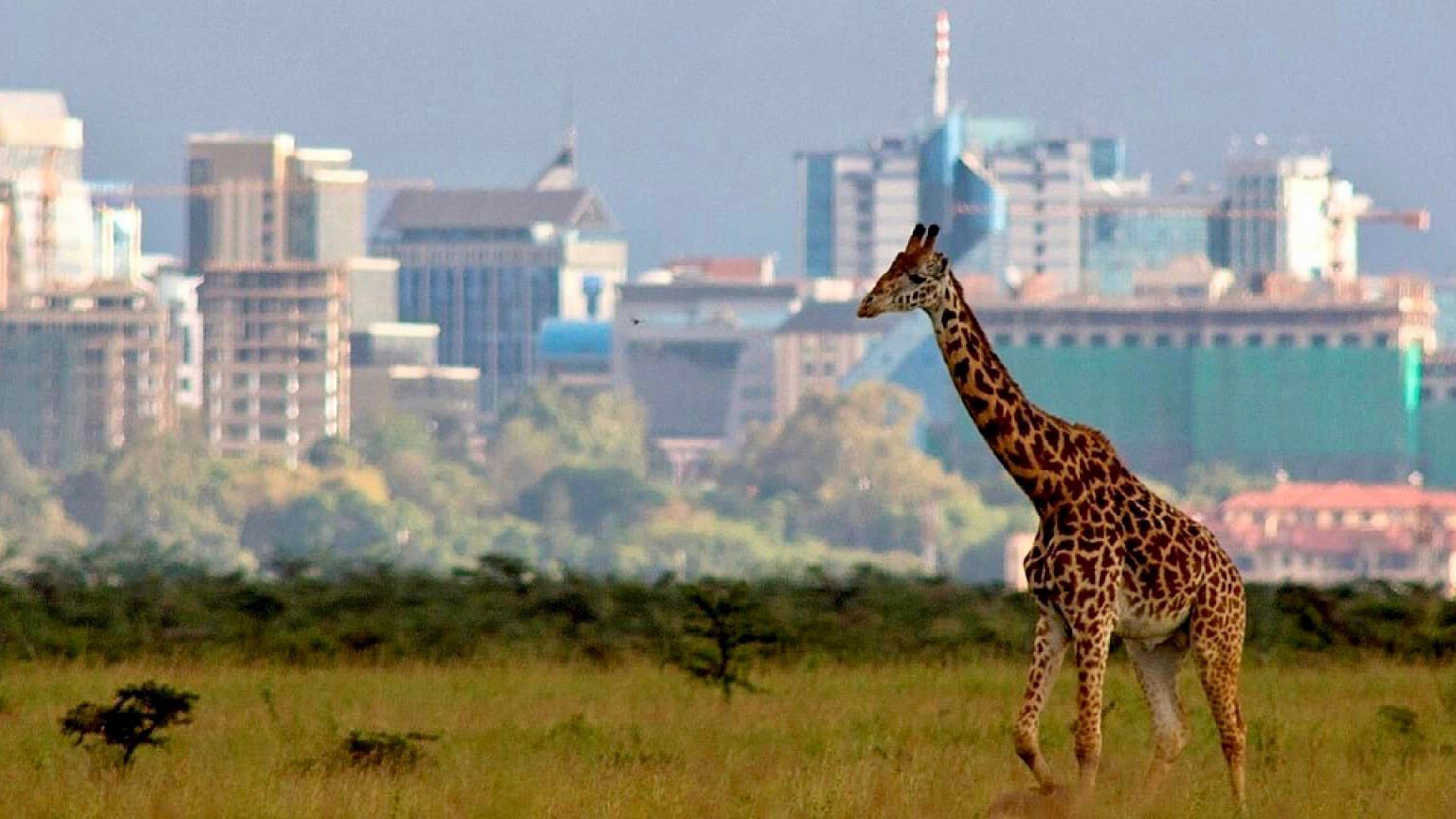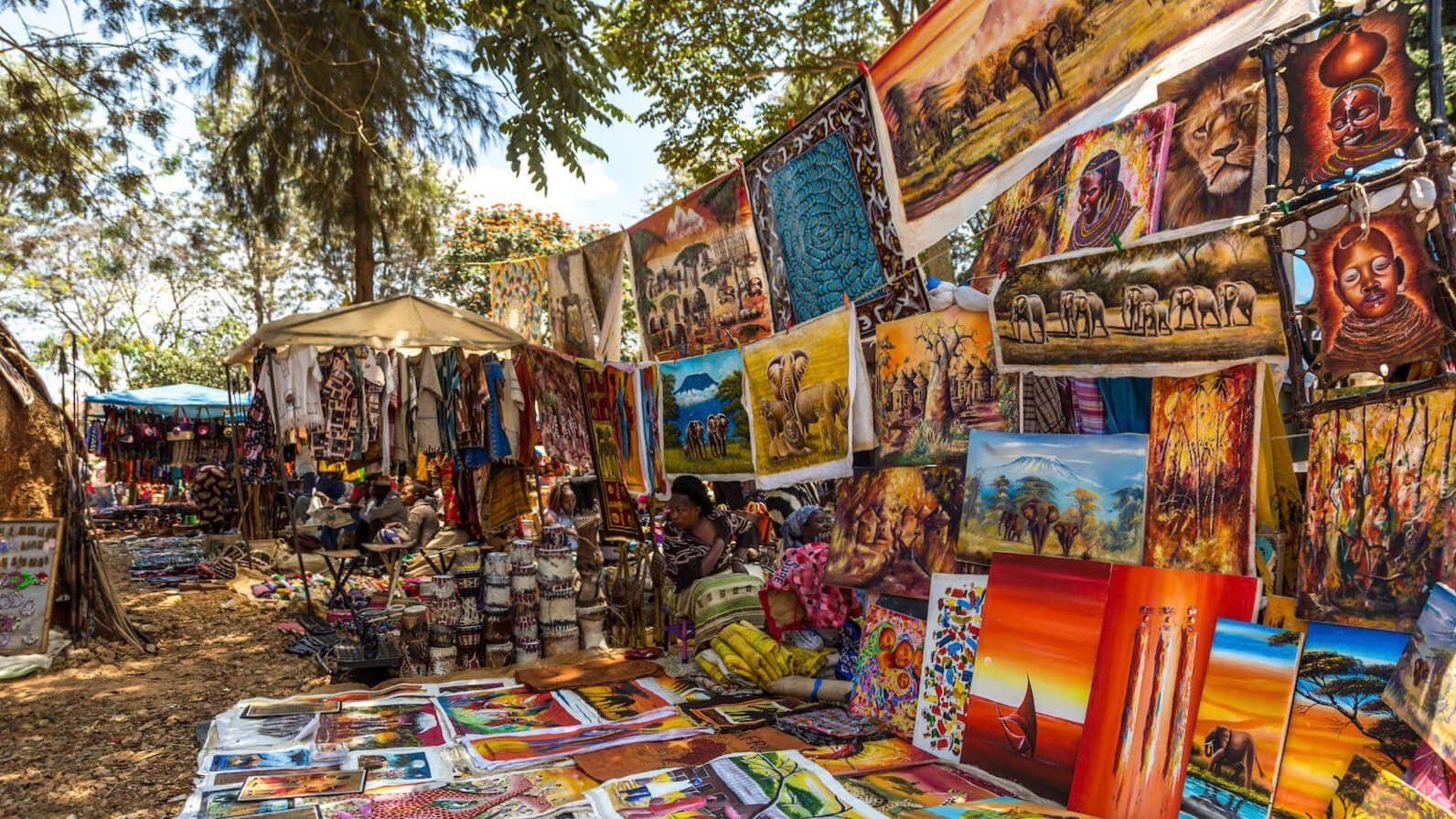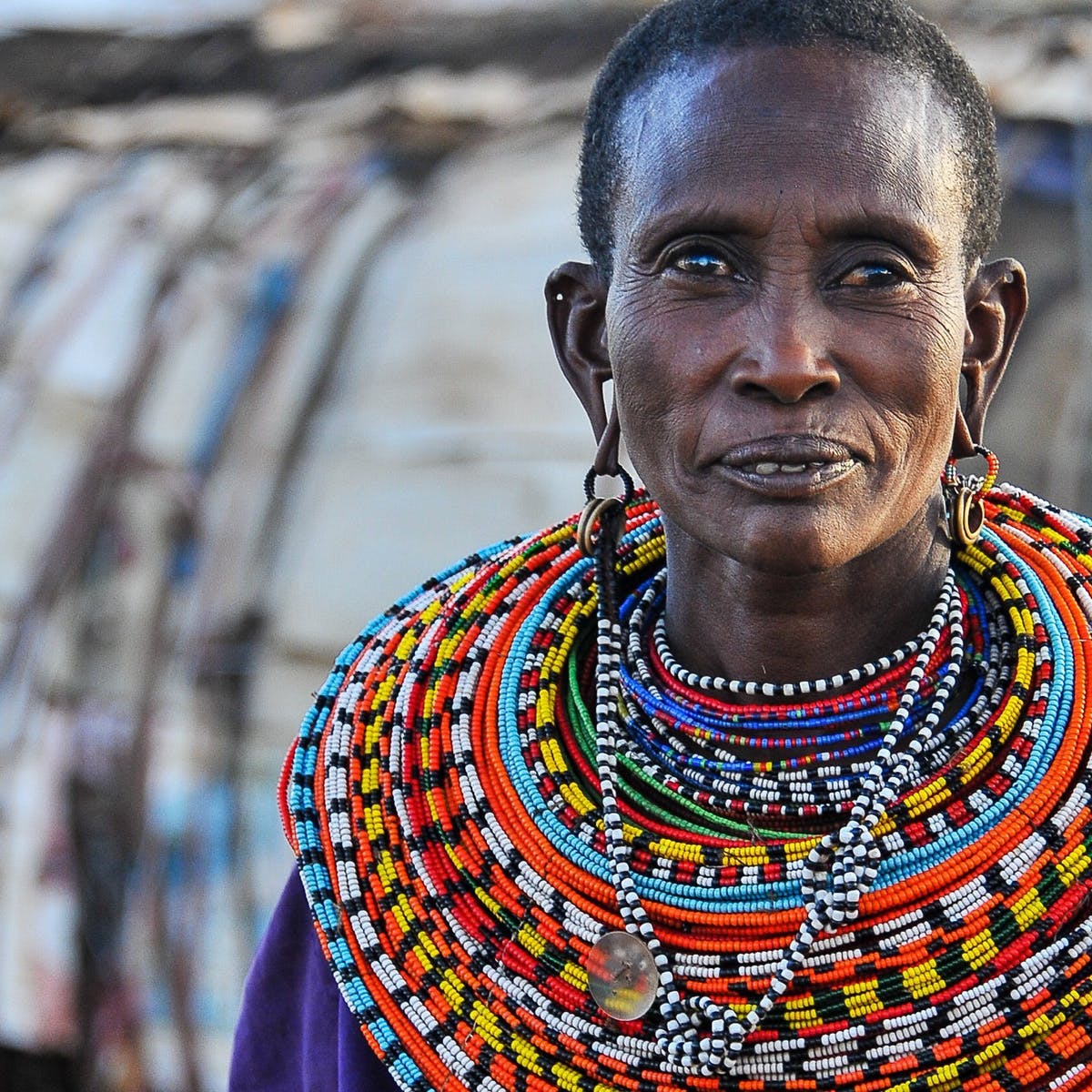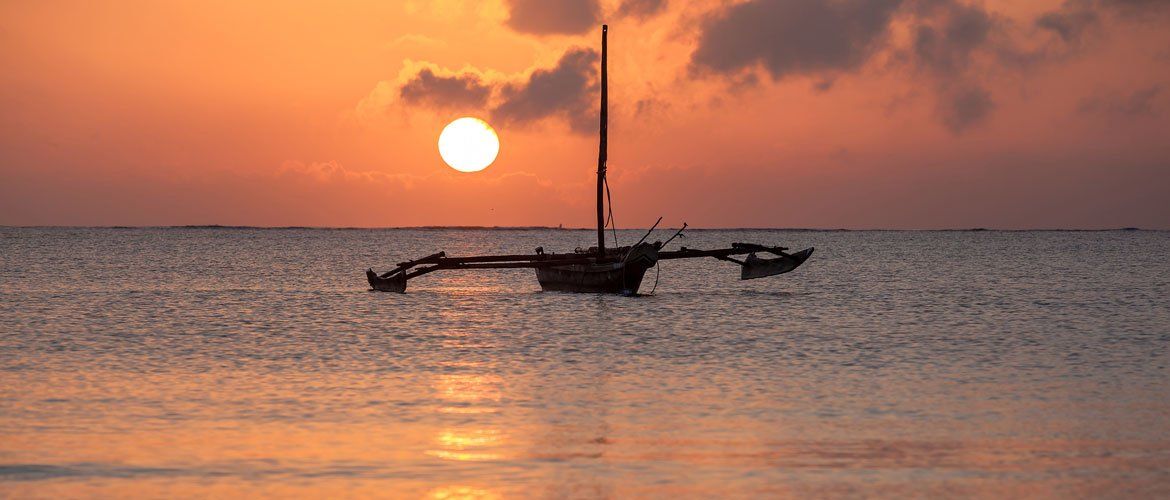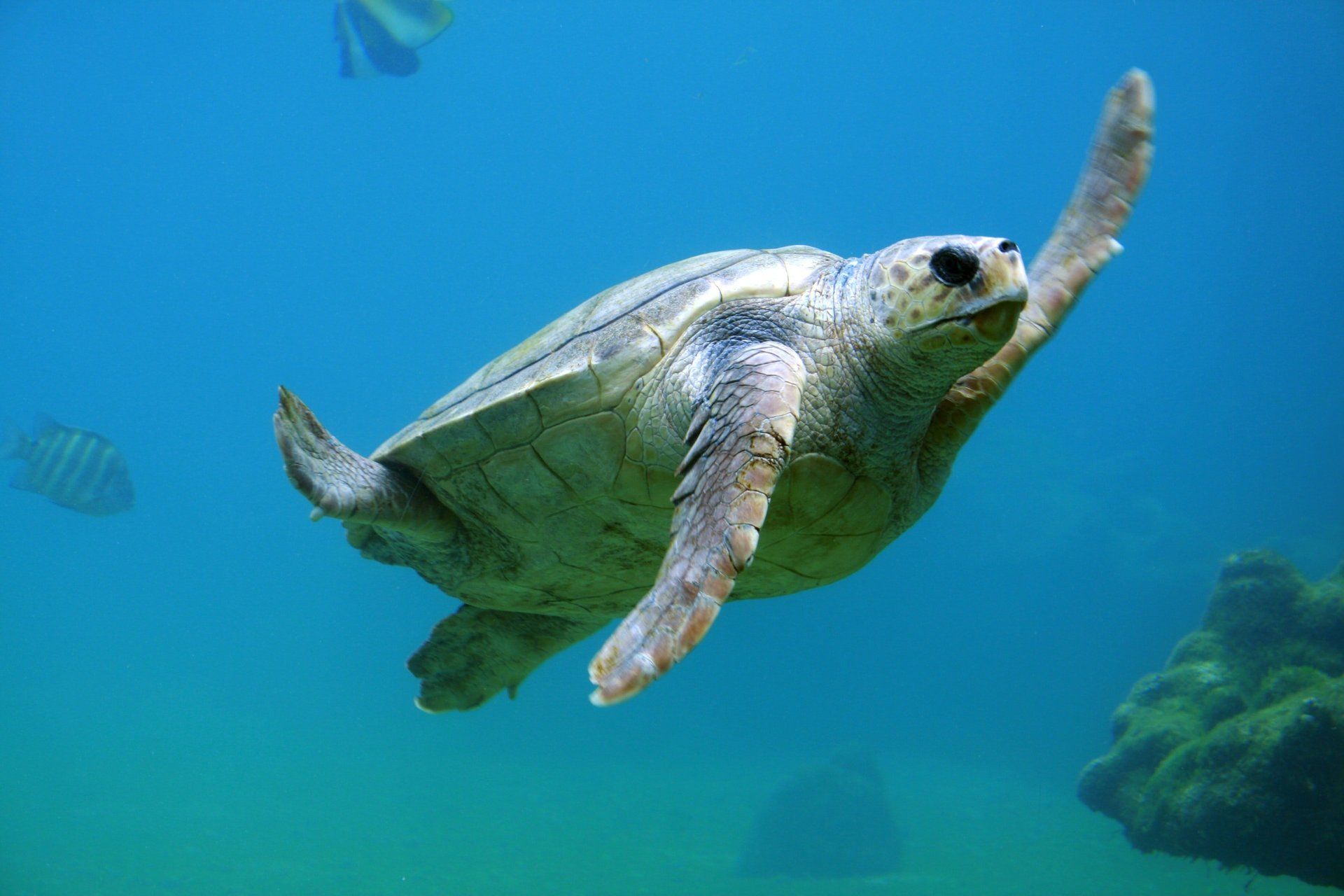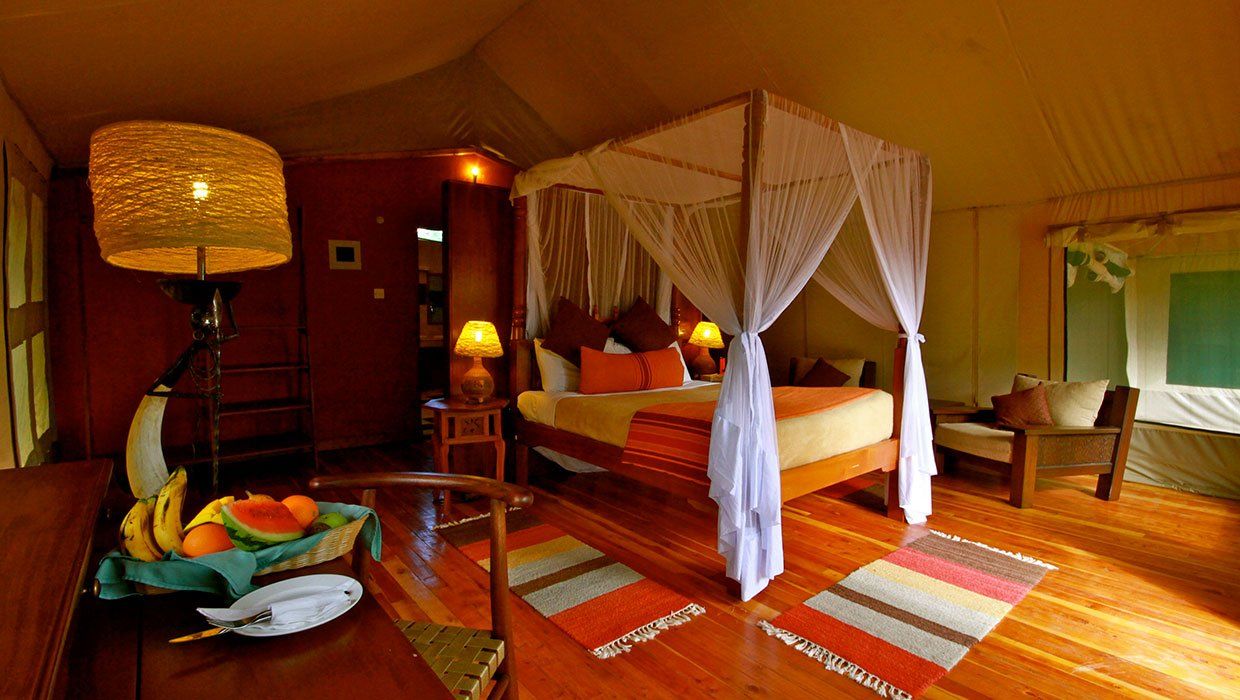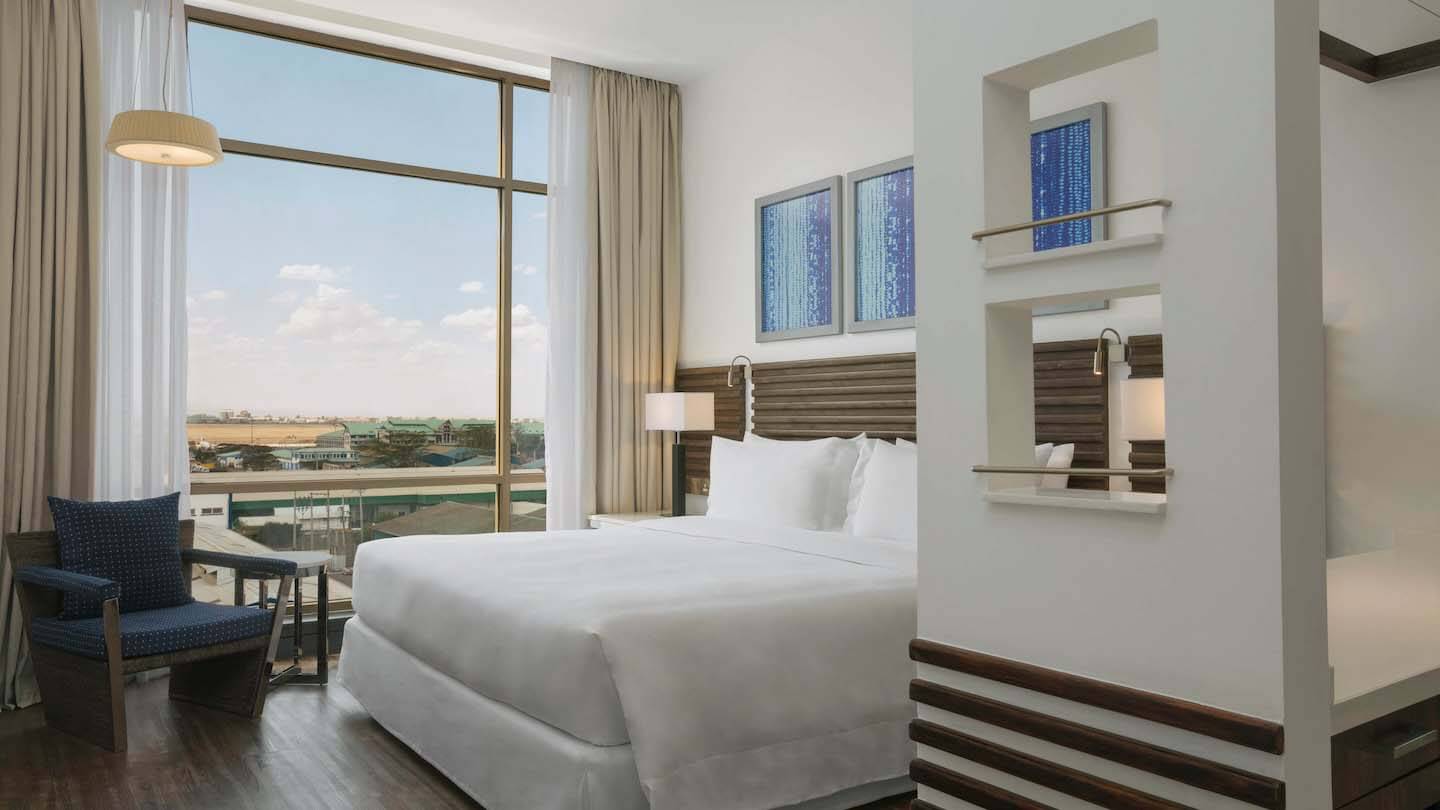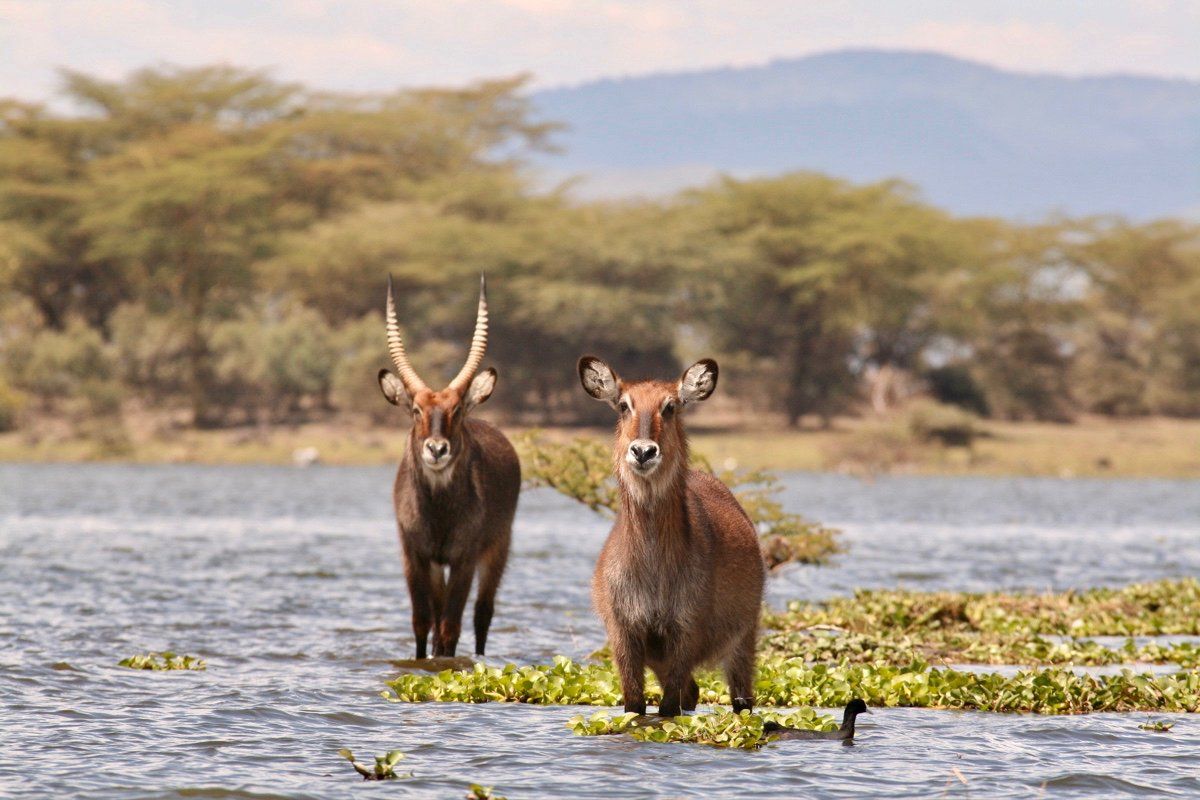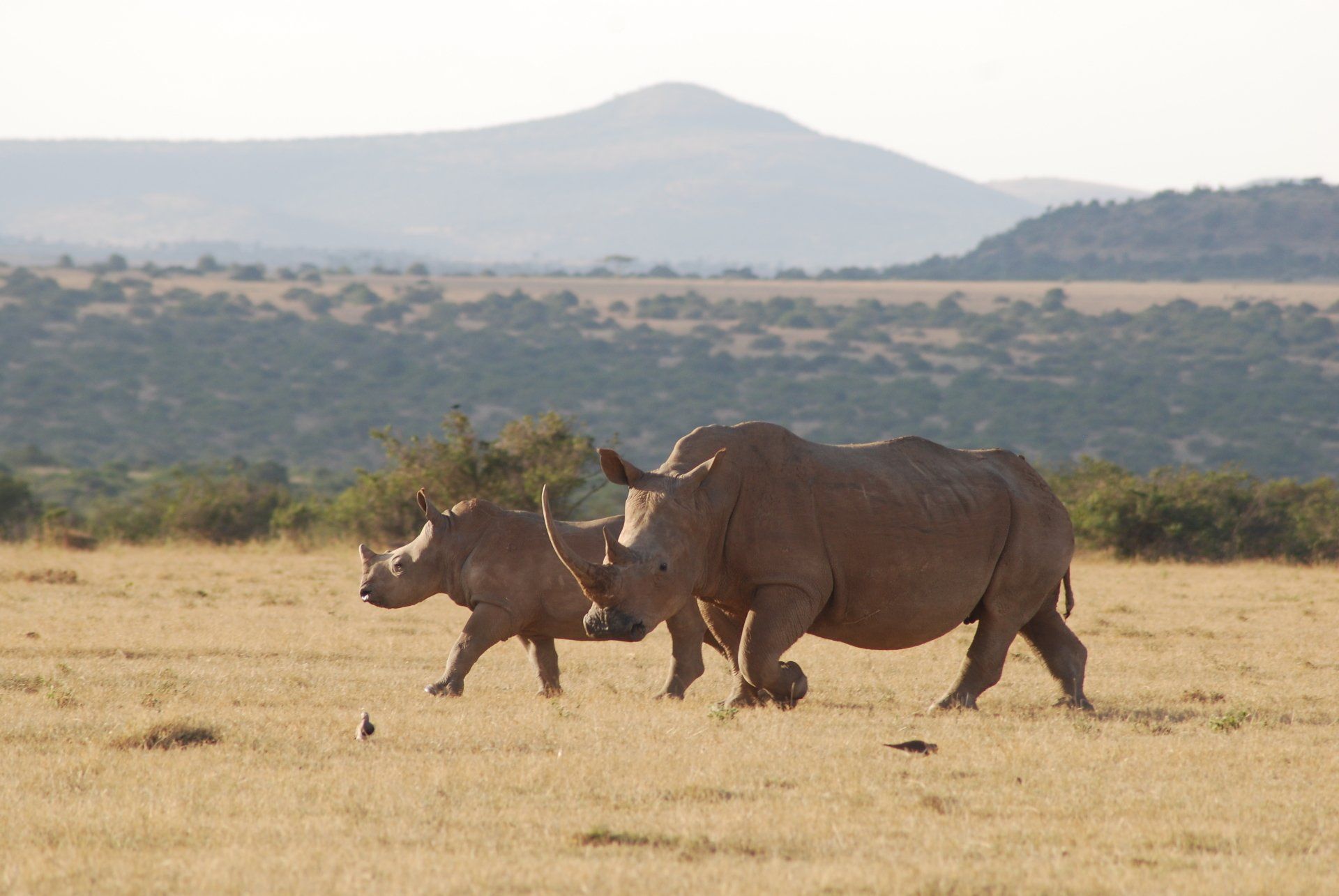KENYA
TRAVELLING TO KENYA
GETTING AROUND BY AIR
- DOMESTIC FLIGHTS
Airports handling regional flights include Nairobi Jomo Kenyatta, Wilson (domestic airport in Nairobi), Mombasa and Malindi. There are many other small airstrips all over the country.
Domestic flights are the quickest and most comfortable option if you want to visit several parts of the country during your journey. There are daily scheduled flights linking key tourist gateways to various destinations and popular locations in Kenya, including game parks and the coast.
- DOMESTIC AIRLINES IN KENYA
Predators Safaris handle all internal and domestic travel arrangements within Kenya. It includes:
- Kenya Airways (national carrier)
- Air Kenya
- Safarilink
- Jambo Jet
- Mombasa Air Safari
- Fly540
Predators Safari book all internal and domestic travel arrangements within Kenya.
- Airport transfers,
- Domestic Flights,
- Intercamp flights,
- Private Charter Plane,
- Road Transfer,
- Meet and greet services.
- INTERNATIONAL AIRPORTS
- Nairobi Jomo Kenyatta International Airport (NBO): Conveniently situated just about 16km (10 miles) south of Nairobi city centre. Nairobi is still the main arrival hub for most tourists who are doing Kenya safaris.
- Mombasa Moi International Airport (MBA): Located approximately 10km (6 miles) west of Mombasa in south-eastern Kenya (on the coast).
- INTERNATIONAL AIRLINES FLYING TO KENYA
Airlines that serve NAIROBI Airport with connections to the rest of Africa, Europe and the Middle East:
- British Airways from Heathrow & Manchester (England)
- Kenya Airways from Nairobi (Kenya)
- KLM from Amsterdam (Nederland)
- Etihad Airways from Abu Dhabi (United Arab Emirates)
- Turkish Airlines from Istanbul (Turkish)
- Qatar from Doha (Qatar)
- Emirates from Dubai
- Air France from Charles de Gaulle (France)
- Lufthansa Airlines from Munich (Germany)
- RwandAir from Kigali (Rwanda)
- Swiss Air from Zurich (Switzerland)
- Ethiopian Airlines from Addis Ababa (Ethiopia)
- SAA from Johannesburg (RSA)
Please note:
- Nairobi Airport (NBO) to Nairobi hotels. Private airport transfer cost: From US$70.00 per vehicle, 1-6 passengers.
Airlines that serve Mombasa Airport (most flights are via Nairobi) with connections to the rest of Africa, Europe and the Middle East:
- British Airways from Heathrow & Manchester (England)
- Kenya Airways from Nairobi (Kenya)
- KLM from Amsterdam (Nederland)
- Turkish Airlines from Istanbul (Turkish)
- Lufthansa Airlines from Munich (Germany)
- RwandAir from Kigali (Rwanda)
- Ethiopian Airlines from Addis Ababa (Ethiopia)
- Condor Airline – from Germany
- Meridiana – from Milan (Italy)
Please note:
- Mombasa Airport (MBO) to Coastal Resorts, private airport transfer cost: between US$70.00 and US$150 per vehicle, 1-5 passengers (depending on the location of the resort).
- Mombasa Airport (MBO) to Malindi Beach Resorts: about 3 hours’ drive. Private airport transfer cost: From US$150.00 per vehicle, 1-5 passengers.
KENYA BIG FIVE SAFARI
10 Days • 9 nights
from US$2,898 per person sharing
KENYA DELUXE SAFARI
7 Days • 6 nights
from US$2,898 per person sharing
LION KING FAMILY SAFARI
7 Days • 6 nights
from US$2,898 per person sharing
BEST OF EAST AFRICA SAFARI
13 Days • 12 nights
from US$4,668 per person sharing
KENYA BUSH & BEACH SAFARI
10 Days • 9 nights
from US$2,898 per person sharing
RIFT VALLEY BIRDING SAFARI
7 Days • 6 nights
from US$2,898 per person sharing
LAKE NAIVASHA DAY TOUR
Day Tour
From US$270 pp
NAIROBI NATIONAL PARK DAY TOUR
Day Tour
From US$180 pp
NAIROBI CITY DAY TOUR
Day Tour
From US$180 pp
BEST OF NAIROBI DAY TOUR
Day Tour
From US$180 pp
SAFARI PLANNING AND ITINERARIES
Travel experiences designed to give you more
PREDATORS SAFARIS OFFER THE FOLLOWING KENYA SAFARIS
- Type of Safari (travelling by light aircraft or by road in private 4×4 vehicle)
- The number of nights you want to spend on safari
- Type of accommodation you prefer (Budget, Intermediate, Luxury or Ultra-luxury)
- When you travel (lodges in Kenya offers different seasonal rates)
- Activities & local cultural interactions
- Add-on stays or beach holidays
Still not sure about what to do or where to stay?
GET IN TOUCHKENYA ATTRACTIONS & HIGHLIGHTS
BEST TIME TO VISIT
- BEST TIME FOR WILDLIFE VIEWING
Kenya's wildlife parks can be visited throughout the year, but for the best wildlife viewing, we recommend the dry seasons that stretches from January to March and July to October. The second dry season coincides with the phenomenal spectacle of the Great Wildebeest Migration.
- BEST TIME TO SEE THE GREAT MIGRATION
The Masai Mara is usually at its best from the end of July to October, especially when it’s very dry. Hundreds of thousands of wildebeest and zebra can be seen at this time. Local factors such as rainfall and wildfires affect wildlife movement patterns and cause mini migrations through the Maasai Mara and northern Serengeti. As a result, sightings of the iconic lines of animals stretched across the plains can never really be predicted. Our safaris will take you to areas with the best chances of witnessing this spectacle.
- BEST TIME FOR A BIRDING SAFARI
With over 1,100 recorded species, Kenya is one of Africa’s best birding destinations. A fair number of endemic and near-endemic species can easily be seen on any birding trip. These birds are especially sought-after as they are only found within the country and marginally beyond. Bird watching in Kenya is excellent all year round with European migrants present from September to April.
- BEST TIME FOR AN ISLAND/BEACH HOLIDAY
The best time to visit the coast is anytime. With the coastal weather being so consistent throughout the year, the only thing you might want to avoid is the wet month of May. October, November and March are the months with the clearest seas - perfect for snorkelling and diving. Kenya’s tropical waters are also famous for hosting migrating whale sharks between July and October. It overlaps with the wildebeest migration in the Masai Mara, bringing together two of nature’s most spectacular events in the same period!
- BEST TIME FOR CLIMBING MOUNT KILIMANJARO
For the best climbing conditions, visit Kenya from December to March or June to October. Climbers are advised to avoid the long rainy season (April to May) as the mountain becomes slippery and treacherous. The average day temperature on the lower slopes is around 30°C, while temperatures can range from 5 to 15°C at 3000m in altitude during day time. Night-time temperatures on the mountain can be well below freezing, even at your first camp.
KENYA SAFARI PRICING EXPLAINED
- ACCOMMODATION
Your choice of accommodation has the biggest influence on the cost of your safari. We offer extensive accommodation options in Tanzania - from adventurous tented camps to luxurious safari lodges. Our ability to do this is based entirely on our extremely in-depth knowledge of Tanzania. Safari lodges mostly offer full board (breakfast, lunch and dinner included) and others have all-inclusive rates that include drinks. We know which hotels and lodges offer the best value for money and these are the ones we'll recommend.
- TRAVEL DATES
Things to consider when travelling to Kenya is the type of holiday you are interested in (bush or beach), specific wildlife and animals you wish to see and the activities you would like to do. Some of the game reserves and national parks offer good game viewing all year round while others have particularly good sightings (migratory animals) at specific times of the year.
High season – June to October is the dry season with cooler temperatures. It is a great time to see animals and the wildebeest migration in the Masai Mara with possible river crossings. High season is also the more expensive and busiest time of the year. Climbing Mount Kenya and visiting the coast are superb options during this season.
Shoulder season - November to March is known as shoulder season. It is popular among clients who appreciate quieter travelling that offer reasonable prices. Keep in mind that the festive months (mid-December to mid-January) do become busier and pricey. Be advised to book well in advance.
Low season - During the low season game parks are less crowded and hotels and lodges offer discounted rates. This is the best season for bird watchers with a chance to observe many rare bird species.
- DESTINATIONS ON YOUR ITINERARY
Each national park or game reserve you add to your itinerary increases the price of your safari because of the transport and park fees involved. However, it is still more cost-effective to do one proper safari and see everything instead of doing three shorter safaris.
Spending time at the Kenya coast is often less expensive than visiting national parks as there are no park fees involved.
- PEOPLE TRAVELLING
Your driver, vehicle and fuel costs on safari remain consistent and are divided by the number of people in the vehicle. As a general rule, the more people per vehicle (we offer six-seater vehicles with guaranteed window seats), the lower the cost.
- OPTIONAL ACTIVITIES
While unlimited game drives between 06h00 and 18h00 are included in all of our safaris, several optional activities can be added to your safari. These range from relatively affordable adventures such as guided walking safaris to pricier options such as night game drives and hot air balloon safaris.
- MODE OF TRANSPORT
Transport on your safari is priced per vehicle and not per person.
Private tailor-made safaris’ cost is based on the exclusive use of a safari vehicle and your own driver-guide. Your safari can also include a combination of flights by light aircraft or using lodge vehicles on a shared base. It all depends on your itinerary and requirements.
Scheduled departure safaris with up to 6 guest per vehicles (all with guaranteed window seats) with the transport cost divided between passengers.
Flying safaris’ cost is based on flights by light aircraft between the areas you visit. You then have the option of sharing or exclusive use of a private vehicle (at an additional cost).
TYPE OF ACCOMMODATION ON KENYA SAFARI
- CITY HOTELS
The hotels have everything you need with restaurants, swimming pools, etc. They are ideally located to explore the cities, are close to the main airports and used to overnight before or after a safari. Kenya cities offer different standards of hotels - from budget to ultra-luxury.
- SAFARI LODGES
Larger, permanent structures built of brick and mortar. They often have fabulous facilities such as restaurants, swimming pools and even spas. Lodges offer facilities and experiences that can range from offering pure comfort up to ultimate five-star luxury. For first-timers and families who want all the modern conveniences and excellent facilities, lodges are usually the best choice.
- PERMANENT TENTED CAMPS
This option provide the best of both worlds: closeness to nature by camping without sacrificing the superb comfort of a traditional lodge. The campsite consists of individual canvas tents and a communal main tent where meals are served. Many of these camps offer a level of luxury that would typically only be found in the very best five-star hotels with ‘tents' boasting air-conditioning, luxury bathrooms and even private plunge pools! Tented camps suit clients who long for an excellent safari experience. Options range from basic to luxurious.
- FLY CAMPS
Experience a unique experience of sleeping out in the wild with only the sounds of the African bush, the stars being your only light. This is probably one of the most amazing experiences you can have on safari! The fly camping tents are made of see-through mosquito net to offer a 360degree view of one of the most unique settings you will ever sleep in. Camp staff set up the fly camps in advance and you can either walk there as part of your safari activity or drive there after your last game drive. Fly camping is about adventure, not luxury. Your tent is simple, the bed is very comfortable and the crew prepare fantastic meals in the middle of the wilderness. There is an outside bucket shower and bathroom facilities.
- BUDGET CAMPING
Campsites are the most basic of accommodation in terms of facilities and amenities. There are public and private campsites. At public campsites you might have to share the site with other travellers. There is an ablution block with showers and toilets. While you share the ablution block with other campers, showers and toilets are arranged as single cabins. Dome tents usually have simple beds/mattresses with linen and duvets. There will be a kitchen block where meals are prepared and your camping crew will wash the dishes
- BEACH RESORTS
Round off your safari with a beach holiday at the Indian ocean Island of Zanzibar or the Kenya coast. All resorts are superbly located and offer white sandy beaches. Unwind entirely and experience a high level of service, excellent facilities, beautiful surroundings and exciting activities. We highly recommend that you end your safari or trekking holiday with a few days on the beautiful white sandy beaches of the Kenya coast.
SAFARI CIRCUITS (National Parks)
SOUTHERN KENYA CIRCUIT (South of the Equator)
NORTHERN KENYA CIRCUIT (North of the Equator)
KENYA SOUTHERN CIRCUIT
National Parks in the Southern Circuit of Kenya
KENYA NORTHERN CIRCUIT
National Parks in the Northern Circuit of Kenya
THE PEOPLE AND CULTURE
FREQUENTLY ASKED QUESTION
- DO LODGES AND CAMPS HAVE MOSQUITO NETS?
The majority of lodges and safari camps have fitted mosquito nets around their beds to reduce the risk of insect bites.
- HOW LONG ARE THE DRIVES BETWEEN LODGES?
The drive times from lodge to lodge will vary, but most of the lodges in Tanzania are between five- and seven-hour drive apart. There are, however, several lodges that are only an approximate three-hour drive from one another. Where long drives are involved, we recommend that you fly between these areas. All the parks in Tanzania can be reached by light aircraft and there are frequent flights between the parks.
- WHAT SHOULD I WEAR ON SAFARI IN KENYA?
Temperatures are generally mild but can become considerably cooler in the evening. Always pack something warm for early morning game drives. Bring comfortable clothing for game drives and walks.
Your packing list should include:
- A small flashlight and batteries
- Adapter plugs and convertors for electrical devices
- Sunglasses, sun hat and sunscreen
- Long-sleeved shirts, pants, t-shirts, shorts, sweaters and tops
- Good walking shoes
- A good camera, batteries and a charger
- Insect repellent
- Light rain gear
- Warm clothes for the mornings and evenings
- Binoculars
- Basic medical kit
*When you book with Predators Safaris, we will send you a detailed packing list according to the areas you visit.
- WHAT IS THE GREAT MIGRATION?
The Great Migration, also known as the "Wildebeest Migration," has been listed as one of the seven natural wonders of Africa. Over two million wildebeest, zebras and gazelles move through the Serengeti (Tanzania) and Masai Mara (Kenya) ecosystems in search of green pasture, in a regular pattern. It is the greatest show on earth, a natural spectacle like no other and a life-changing experience.
- WHEN IS THE GREAT WILDEBEEST MIGRATION?
The migration, featuring up to 1.5 million wildebeest and thousands of zebra and gazelle, is an annual event in East Africa. It is one of the most sought-after travel experiences and a truly unique opportunity to see the power of nature at work. From July through to October the herds are in the Masai Mara and well as in the Northern Serengeti. River crossings often happen daily during this period.
Please click here for detailed information on the wildebeest migration patterns.
- WHAT ARE THE ENTRY REQUIREMENTS?
You must have a passport that is valid for a minimum of six months beyond your date of entry and with at least three remaining blank pages. Most nationalities require visas for Kenya. Travellers to Kenya need to apply for a Tourist e-Visa. The Kenya e-Visa is valid for 90 days after issued. Each adult visitor to Kenya is required to submit an e-Visa application.
- WHAT TYPE OF VEHICLES DO WE USE ON SAFARI?
Predators Safaris utilises a fleet of modern vehicles consisting of mostly 4X4 Land Cruisers. The majority is less than 2 years old and undergo an extensive pre-safari inspection in our workshop to ensure the safety of our clients. Vehicles accommodate up to 6 clients in 3 rows of seating (guaranteed window seat for all) with a pop-up roof that can be raised for wildlife viewing. Our Land Cruisers are equipped with reference books on African mammals and birds. We offer unlimited kilometres to make sure you get the best game viewing opportunities while on safari.
- HOW EXPERIENCED IS MY SAFARI GUIDE?
Our safari guides are the ones who make the difference between a standard safari in East Africa and a once in a lifetime experience! Our specialist safari guides are permanently employed and of the best calibre. Their life spent in Africa has equipped them with immense knowledge of local conditions, customs and natives. They are naturalists who know and love the country and wildlife. Their benefit to the client regarding enjoyment and an intensified personal experience of their African journey will exceed all expectations. We proudly offer an excellent, hand-picked team, able to provide superior service to our clients.
- WHERE ARE THE BEST PLACE IN KENYA FOR BIRDING?
Kenya is home to eleven percent of the world's bird species. With more than 1089 different varieties, Kenya is one of the best places in the world for birding. It is not unusual for birders to record 300-600 different types on a short trip or to record more than 120 species at a particular site on a single day!
Hot spots for birding:
- Amboseli - 400+ species including at least 40 raptors
- Masai Mara - 500+ recorded species
- Samburu - 380+ recorded species
- Lake Naivasha - 400+ recorded bird species
- Lake Bogoria - large populations of flamingos
- Arabuko: Sokoke forest near Malindi – home to the six threatened bird species of the Sokoke namely scops owl, Sokoke pipit, spotted ground thrush, east coast akalat, Amani sunbird and Clarke’s weaver
- IS KENYA A GOOD FAMILY DESTINATION?
Most important when choosing safari luggage is mobility. You will move between several different modes of transport (aeroplane, vehicle and lodges), so plan accordingly. We recommend bags that have a hard-braced bottom with wheels and soft sides. When packing, keep in mind that you can do laundry at lodges/camps where you overnight for two or more nights. Some of the lodges/camps also offer a same-day laundry service at a reasonable price. If your safari includes flights by light aircraft, please take note of the luggage restriction of 15kg per person, including hand luggage.
- WHAT LUGGAGE SHOULD I BRING?
Most important when choosing safari luggage is mobility. You will move between several different modes of transport (aeroplane, vehicle and lodges), so plan accordingly. We recommend bags that have a hard-braced bottom with wheels and soft sides. When packing, keep in mind that you can do laundry at lodges/camps where you overnight for two or more nights. Some of the lodges/camps also offer a same-day laundry service at a reasonable price. If your safari includes flights by light aircraft, please take note of the luggage restriction of 15kg per person, including hand luggage.
- HOW MUCH MONEY SHOULD I TAKE?
Aside from shopping, you will need money for drinks, tips and incidentals. From our experience, most clients spend between $400 and $500. Major credit cards are accepted in city hotels and stores and at bigger lodges but some camps and rural shops only accept cash.
- WHAT HAPPENS IN CASE OF AN EMERGENCY OR SICKNESS?
It is a requirement that all our clients travelling to Kenya must have travel insurance which includes cover for medical treatment and emergency air evacuation. In the unfortunate event that you find yourself in need of urgent medical care, our office in Nairobi will offer 24-hours assistance.
- HOW MUCH SHOULD I TIP-ON SAFARI?
Tipping in Kenya is not compulsory but always appreciated. The amount will always depend on your own opinion and personal satisfaction. Based on our experience, we suggest the following amounts as a rough guide:
- US$10 per guest per day on a group safari
- US$20 per guest per day for a private guide
- US$5 per guest per day for lodge/camp staff
- US$1 to porters at the lodges/camps carrying your baggage
- WHAT IS THE MINIMUM AGE FOR CHILDREN?
Kenya is a fantastic destination for families with both teens and younger children. Our family safaris are created for children of all ages, and our other safaris can be tailored to accommodate any age.
- IS THERE INTERNET ACCESS AT THE LODGES AND CAMPS?
Wi-Fi is available at most of the lodges and camps we use in Tanzania, but the connection can be slow and limited. Please check with us for details regarding the connectivity specific to your trip. We do however recommend that you don't rely on having a consistent connection throughout your journey.
- CAN I USE MY CELL PHONE WHILE ON SAFARI?
While the northern part of the country has limited network access, the southern part (where most tourists stay) has good connectivity. Please put your cell phones on silent mode while you are on game drives, bush walks and in lodges’ communal areas.
- WHAT LANGUAGES DO THEY SPEAK IN KENYA?
The various ethnic communities speak their respective local dialects. Swahili is the national language and English the official language of instruction. You will find that the majority of people that you meet are fluent in English and have a surprisingly good command of the language.
